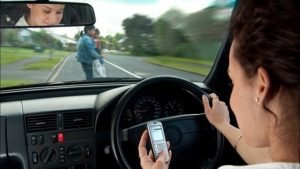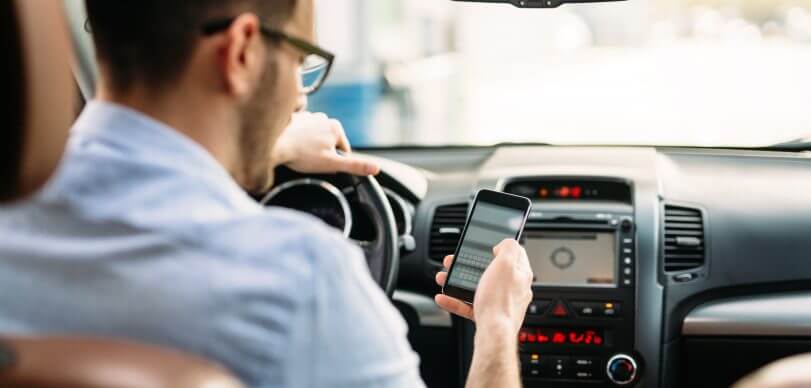In September of 2017, Texas enacted a statewide ban on texting while driving. This ban went into effect in an effort to curb automobile accidents caused by distracted driving. Despite the fact that texting and driving is illegal in Texas and 46 other states, we still see drivers on their cell phones while on U.S. roads.
Many cities throughout the country even have additional local ordinances in place banning any and all cell phone use while driving. Unfortunately, these rules still aren’t deterring people from partaking in these dangerous driving behaviors.
Talking Is Just as Dangerous as Texting
Though Texas law explicitly discusses texting on one’s mobile device, it does not mention talking or interacting with wearable technology while driving. Texting while driving only accounts for 5% of cell phone related crashes, while drivers talking on cell phones cause the rest. Unfortunately, there is no safe way to use a cell phone while driving. Many drivers believe talking on the phone rather than texting is a safer alternative, but studies have revealed talking while driving is dangerous. Using hands free technology isn’t a safer alternative either. Whether drivers are using talk-to-text or hands free calling, they are at the same risk for causing an auto accident.

People also wrongfully assume they are good at multitasking, but multitasking is actually a myth. When the brain is forced to do more than one thing at once, it cannot perform any of the tasks to its fullest ability. This results in a much slower reaction time and decreased cognitive function.
Liggett Law Group is all too familiar with the tragic results of distracted driving accidents and hopes to see more responsible behavior. There is no excuse for a negligent act as dangerous and potentially deadly as distracted driving. If you or a loved one was injured in an accident due to the negligence of a distracted driver, contact Lubbock car accident lawyers at Liggett Law today to set up a free consultation. With over 70 years of combined experience, our car accident lawyers are ready to begin your case investigation. Contact us today.

